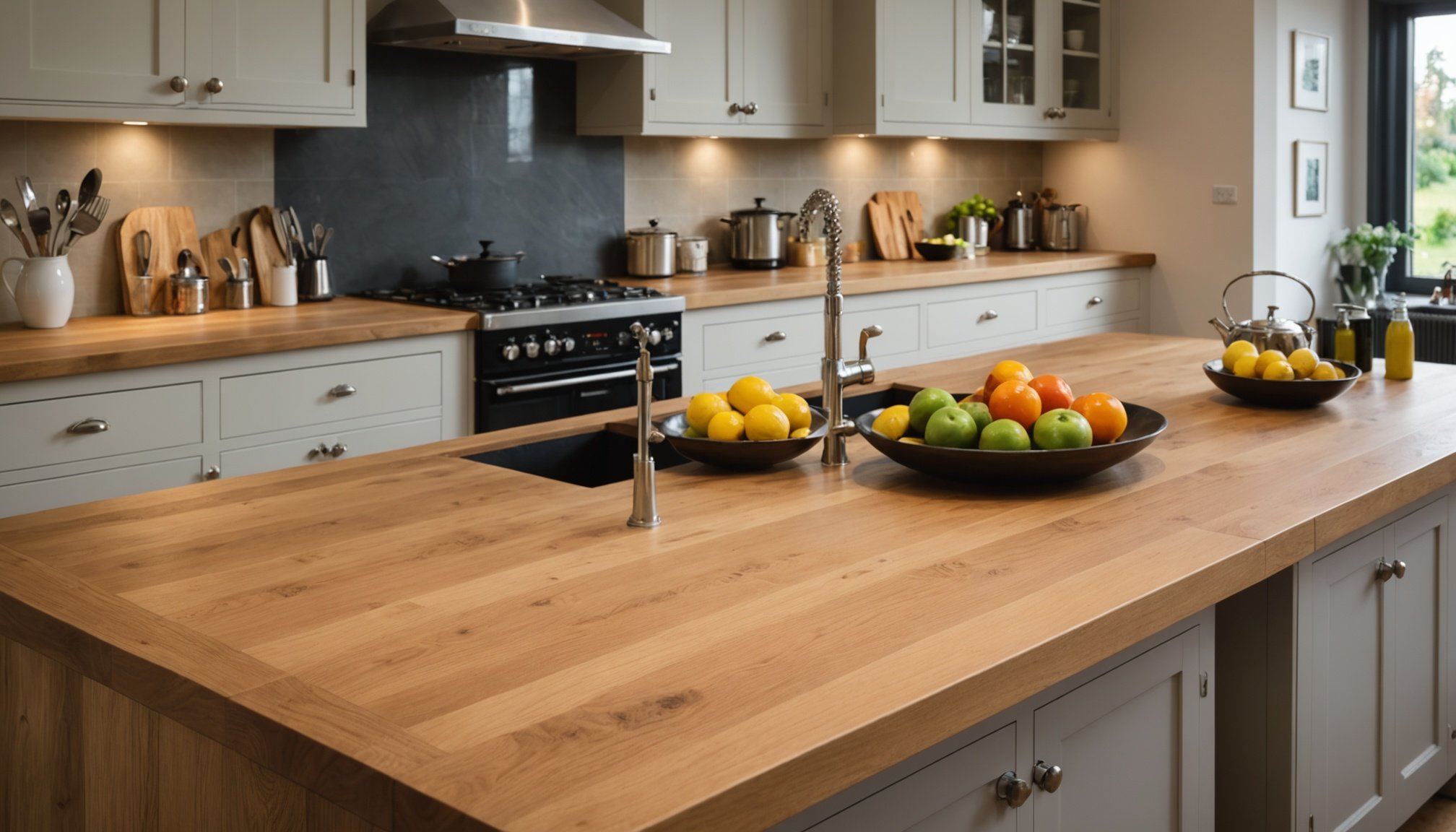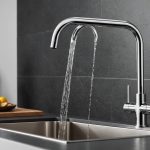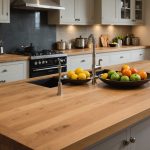Overview of Oak Worktops
Oak worktops are a popular choice for those looking to enhance the aesthetic appeal of their kitchens. Known for their durability and natural beauty, oak worktops bring a warm, classic charm to any space. The rich grain and warm tones of oak can complement both traditional and modern kitchen styles.
Benefits of Oak Worktops
One of the key advantages of oak worktops is their strength and longevity. Oak is a hardwood, known for its ability to withstand wear and tear, making it an ideal material for busy kitchens. Additionally, oak’s natural beauty can increase the value of a home, providing both practical and aesthetic benefits.
Also read : Ultimate guide to selecting the ideal uk kitchen tap: effective strategies for reducing water waste
Types of Oak Worktops
There are several types of oak worktops available in the UK, each offering unique benefits. Standard oak worktops provide a classic look with their straight, uniform grain. Rustic oak worktops feature knots and natural imperfections for a more organic feel. Prime oak worktops offer a more uniform appearance, with fewer knots and a subtle grain, ideal for contemporary designs. Each type of oak worktop can be finished with oil or lacquer, depending on the desired look and maintenance requirements.
Essential Maintenance Routines
Caring for a wooden countertop, such as an oak worktop, involves a few essential maintenance routines to enhance its longevity. Start with proper cleaning methods. Use a soft, damp cloth for daily cleaning, to wipe away spills immediately. Avoid using harsh chemicals; a mild detergent or soap with warm water is best. Dry it thoroughly to prevent water damage.
Also read : Transform your uk kitchen: eco-friendly designs to reduce food waste effectively
Regular oiling is crucial in oak worktop care. It protects the wood by creating a barrier against moisture and stains. Use food-safe oils like mineral oil or Danish oil. Initially, oiling should occur more frequently—every week for the first month after installation. As time goes on, oil it every 3-6 months or whenever the wood looks dry or loses its luster.
The right schedule for maintenance tasks can greatly impact your worktop’s durability. Establish a routine that balances both cleaning and oiling, tailored to your setup’s usage. Neglecting regular upkeep can lead to a dull, worn surface. Embracing these habits will not only keep your worktop looking pristine but also retain its natural beauty and functionality over the years.
Addressing Common Issues
Encountering scratches and stains on surfaces can be frustrating, but understanding their causes and solutions is key to effective management. Often, scratches result from daily wear and tear or mishandling. Identifying the type of scratch, whether it is superficial or deep, will determine the appropriate method for handling it.
For minor scratches, a gentle repair can be achieved with simple household items. For example, using toothpaste can help buff out light scratches on plastic or wooden surfaces. However, deep scratches may require more intensive solutions, such as sanding or refinishing.
Stains, common in households, can be caused by various substances like food spills or inks. An effective way to address these is by using specialised stain removers that match the surface material, ensuring you don’t cause further damage. For persistent stains, a combination of baking soda and water can sometimes do wonders as a natural cleaning agent.
If repairs begin to feel overwhelming, it’s wise to seek professional help. Experts can provide guidance or service that ensures the longevity and appearance of your surfaces without risking further harm.
Preventative Measures for Longevity
Maintaining the beauty and functionality of your oak worktops involves several strategies. One essential approach is protecting these surfaces from moisture and heat. Humidity control plays a critical role, as oak is susceptible to warping in damp conditions. In the UK, where varying humidity levels are common, using dehumidifiers or ensuring proper ventilation can greatly assist in maintaining optimal conditions.
When it comes to usage tips, there are several best practices to consider daily. Using coasters and trivets can help protect oak surfaces from hot pans and wet glasses. Regularly oiling the worktops will provide a protective barrier against spills, enhancing their durability and resistance to stains. Furthermore, wiping up spills immediately prevents moisture from penetrating the wood, which could lead to swelling or cracking over time.
UK-specific considerations are crucial. The country’s fluctuating climate requires constant vigilance to maintain the integrity of your oak worktops. Monitoring indoor humidity with a hygrometer can offer valuable insights, helping you take appropriate measures when conditions become too dry or humid. Incorporating these preventative measures will significantly enhance the lifespan of your oak worktops, allowing them to maintain their natural allure.
Recommended Products for Maintenance
To enhance the longevity of oak surfaces, selecting the right maintenance products is crucial. Cleaning products specifically designed for oak are essential, as these surfaces require gentle formulas to avoid damage. Such products often include mild detergents and oils that maintain the wood’s natural beauty without causing wear. Always opt for cleaners that are non-abrasive and pH-balanced to ensure the integrity of the wood.
For nourishing oak surfaces, oils are a go-to solution. Oils not only restore the wood’s moisture but also enrich its colour. Linseed and Danish oil are popular choices for their ability to penetrate deep into the grain, offering both protection and a lustrous finish. Application is simple: apply a thin layer with a cloth, let it penetrate, and then wipe away the excess to avoid stickiness.
Lastly, protective coatings serve as a barrier against scratches and stains. Polyurethane coatings are effective, providing a clear, hard finish that preserves the wood’s natural appearance. Wax is another excellent option for a more rustic look, offering a softer finish that can be easily reapplied. Regular maintenance with these products ensures oak surfaces remain stunning and durable.
Frequently Asked Questions
Maintaining an oak worktop can feel daunting, but with the right care, these surfaces can remain both beautiful and functional. Below are some common questions answered to help you get the most out of your oak worktop.
What are the best care tips for oak worktops? Regular cleaning with a mild detergent and a non-abrasive cloth is essential. Oiling the surface every few months helps maintain its lustre and shields it from moisture damage. Avoid placing hot pots directly on the worktop to prevent discolouration and warping.
Are oak worktops really durable? A common misconception is that oak worktops lack durability. In reality, they are robust and can withstand everyday use, provided they are properly maintained. This involves sealing them adequately and using cutting boards to prevent scratches.
Where can I find more guidance or professional advice? For further guidance, consider consulting online resources from trusted home improvement websites or visiting local kitchen specialists who can provide tailored advice. Engaging a professional for maintenance can also extend the lifespan of your oak worktop.
By addressing these oak worktop FAQs, you can ensure your worktop remains a centrepiece in your kitchen for years to come.











